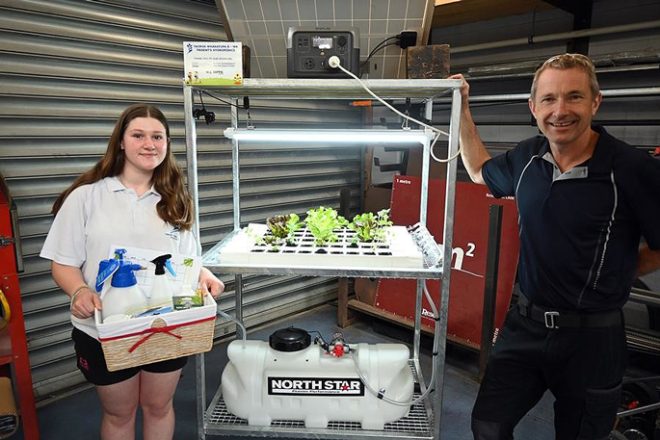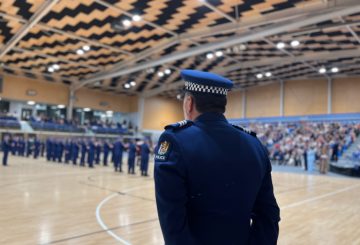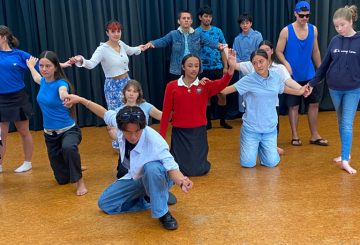베이 오브 플렌티 지역 협의회의 학교 지속 가능성 및 탄력성 기금이 이제 커뮤니티 투표를 위해 공개되었습니다.올해 이 기금은 TECT, 베이트러스트, 트러스트 호라이즌이 5만 달러를 지원한 덕분에 학교와 유아 교육 센터의 환경 지속 가능성 및 기후 변화 프로젝트에 85,000달러를 사용할 수 있습니다.
이 기금은 참여 예산 편성이라는 방법을 사용합니다. 참여형 예산 책정에서는 지역사회가 어떤 프로젝트에 자금을 지원받을지 투표합니다.학교와 유아 교육 센터는 지역 협의회에 프로젝트 계획을 제출했으며, 이 중 39개 프로젝트가 기금 기준을 충족했습니다.
커뮤니티는 5월 10일까지 가장 좋아하는 프로젝트에 투표할 수 있습니다.베이 오브 플렌티 지역 협의회의 최고 경영자 피오나 맥타비쉬 (Fiona McTavish) 는 교육 기관 중 누구와도 직접적인 관계가 없더라도 모든 사람이 투표에 참여하도록 권장합니다.
작년에 이 기금은 트라이던트 고등학교의 수경재배 시스템, 와이히 비치 초등학교의 종자 도서관, 린모어 초등학교의 자전거 및 스쿠터 거치대 신설 등의 프로젝트를 지원했습니다.
청소년 주간 (5월 20~25일) 에 2차 투표가 진행되며, 만 12-24세의 베이 오브 플렌티 주민이라면 누구나 참여할 수 있습니다.
투표하려면 www.artipate.boprc.govt.nz/ssrf를 방문하십시오.투표 라운드는 5월 10일에 마감됩니다.






























































